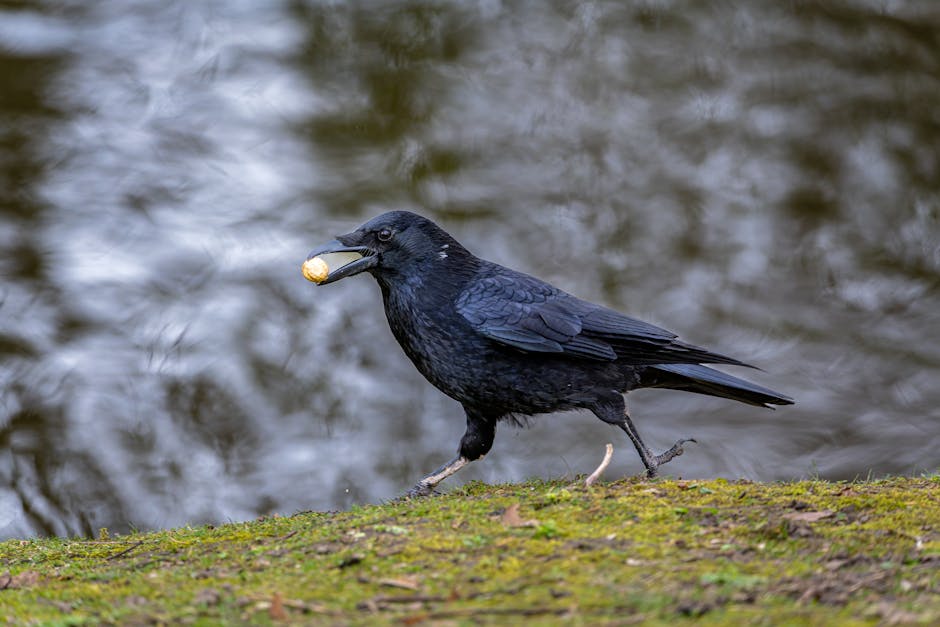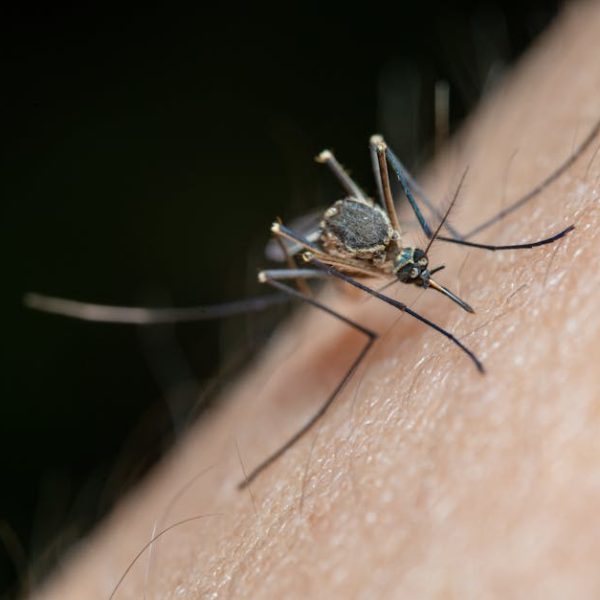Ever noticed those tiny spots moving on your ceiling? Yes, those are gnats. Although tiny, these flying bugs can be quite a nuisance. But don’t worry; we’re here to guide you step-by-step on how to get rid of them swiftly and easily.
Understanding Why Gnats Are Attracted to Your Ceiling
If we are to win the war against the gnats, we first must comprehend why they’re taking up residence on our ceilings. Gnats are drawn to ceilings for a variety of reasons. Warmth and light are noteworthy attractions, especially if the ceiling area is close to a lamp or a heat source. Additionally, the presence of organic material and high humidity can make your ceiling an inviting home for these tiny pests.
Let’s look at the main reasons that attract gnats:
- Warmth and Light
- Humidity and moisture
- Potential breeding sites with decaying organic material
Pro Tip: Always keep your home well-ventilated to reduce humidity. Switch off lights that are not in use as gnats are attracted to light.
Overview of Common Gnat Species
Not all gnats are created equal. There are various species of gnats, each with their unique life cycle and habits. The most common varieties found in homes include fungus gnats, fruit flies, and drain flies. Gaining knowledge about the species you’re dealing with can be useful to tailor an effective extermination method.
| Gnat species | Size | Life cycle | Habitat |
|---|---|---|---|
| Fungus Gnats | 1/16 to 1/8 inch | Three to four weeks | Moist environments with organic decaying materials |
| Fruit Flies | 1/8 inch | One to two weeks | Fruits, vegetables, trash |
| Drain Flies | 1/5 to 1/6 inch | Two weeks | Drains, sewers |
Best Practice: Once you have identified the species, try to eliminate their preferred breeding grounds from your house.
Strategies to Remove Gnats from the Ceiling
With the enemy identified, it’s time to launch your offensive. There are various strategies to oust these nuisance-makers from your ceiling. Ranging from safe and environmentally-friendly options like DIY traps and organic repellents to introducing traps and natural predators. Let’s look into each strategy closely.
Materials needed:
- Vinegar and dish soap for making DIY traps
- Organic insecticide spray
- Citronella or eucalyptus oil for natural repellent
- Plants that attract gnat predators like spiders and frogs
Best Practice: Start with DIY traps using vinegar and dish soap. If the infestation is severe, consider using organic insecticide sprays or introducing natural predators.
Maintaining a Gnat-Free Home Environment
Extermination is half the battle won, the other half resides in creating a sustainable gnat-free environment. It’s essential to ensure that your home, especially your ceiling, does not turn into a El Dorado for these pests. Maintaining cleanliness, regulating humidity, and eliminating their breeding grounds are key preventative measures.
Maintaining a Gnat-Free Environment Checklist:
- Regular cleaning and dusting of ceiling areas
- Elimination of standing water inside the home
- Regular checks for gnat breeding sites
- Installing insect mesh on windows and doors
We’re now going to weigh the pros and cons of some preventive methods.
| Prevention Method | Pros | Cons |
|---|---|---|
| Regular Cleaning | Effective for most gnat species | Consistent effort required |
| Elimination of Standing Water | Prevents breeding of gnats and other pests | May not be feasible for all water sources |
| Insect Mesh Installation | Prevents entry of gnats | Installation cost involved |
Involving Professionals for Severe Gnat Invasions
Despite best efforts, there can be instances where professional pest control services might be required. When the infestation is overwhelming, professionals use potent but safe chemicals and techniques for extermination.
Indicators that professional services may be needed:
- Large-scale infestation visible across the home
- DIY methods and conventional strategies fail to work
- Recurring infestation despite all precautions
Pro Tip: Ensure your pest control service is licensed. Ask about their treatment methodology and the safety measures taken to protect the home occupants.
There you have it – a comprehensive guide on tackling gnats on your ceiling. With our tips and strategies handy, it’s time to claim back your home territory from these pesky invaders.
Key Takeaway:
- Gnats are attracted to warmth, light, humidity, and decaying organic material often found in ceilings.
- Various species of gnats have different preferred habitats.
- Gnats can be removed using methods like DIY traps, organic repellents, and introducing natural predators.
- Maintain a clean, dry home environment to prevent gnats from returning.
- In the case of a large-scale infestation, professional pest control services might be necessary.
Living with gnats can be frustrating, but understanding why they are attracted to your ceiling and using specific strategies can help in removing and preventing them. Armed with our guidelines and proactive measures, you now have the knowledge to reclaim your peace of mind and a gnat-free home.
FAQs
Q: Are gnats harmful to humans?
A: While generally not harmful, gnats can be a nuisance. Some species are capable of biting and may cause minor skin irritations.
Q: Does turning off lights deter gnats?
A: Yes, as gnats are attracted to light, switching off lights when not in use can deter them.
Q: Can gnats breed inside the house?
A: Absolutely, gnats breed in moist areas with decaying organic material, which can be present indoors, such as household plants or drains.
Q: Do DIY gnat traps actually work?
A: Yes, DIY gnat traps, particularly those using vinegar and dish soap, can be quite effective in capturing gnats.
Q: How soon should I consider professional pest control for gnats?
A: If DIY methods and general cleaning strategies do not seem to control the gnat infestation or if you notice a recurring infestation, consider hiring professional pest control services.
We hope this article was helpful. Feel free to explore more articles on our website and share this guide with others battling their own gnat nuisances.






